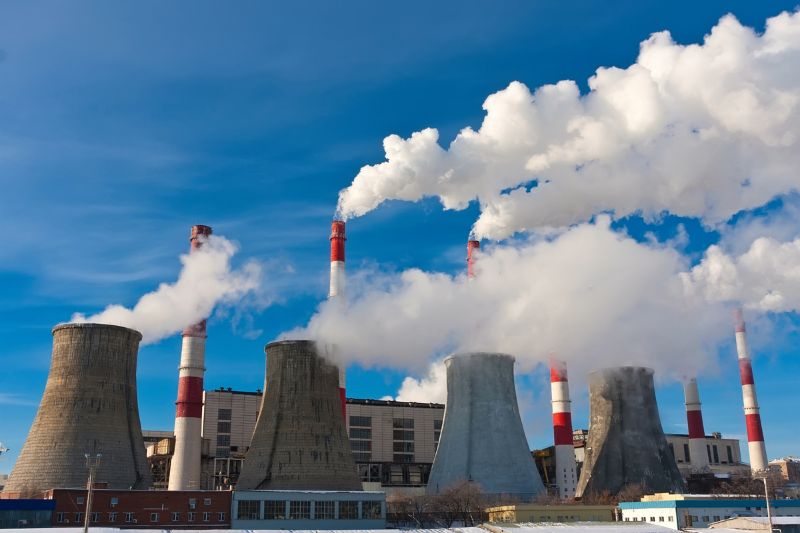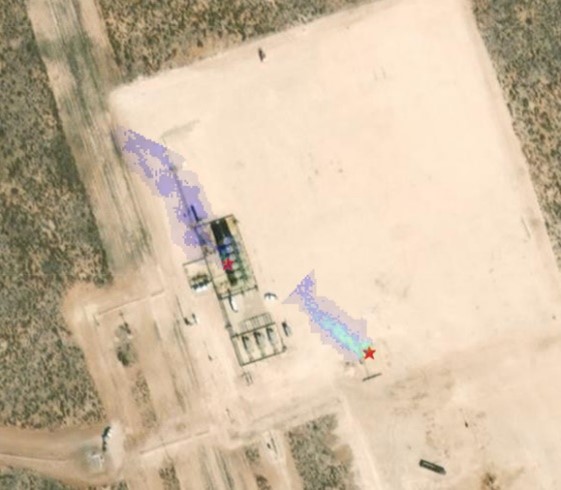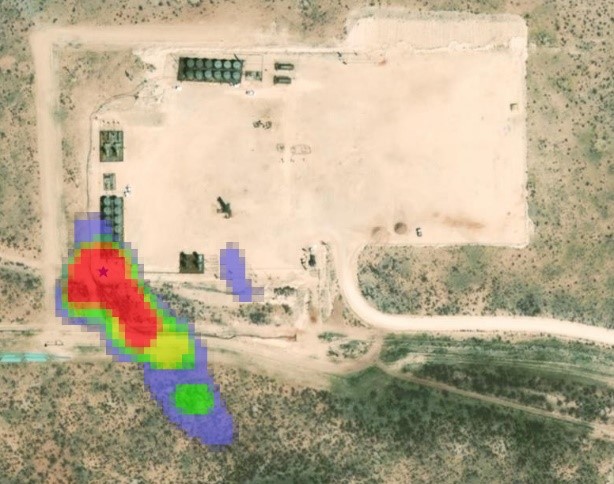As we begin the fourth quarter of 2024, it’s time to begin thinking about greenhouse gas (GHG) reporting – both in terms of 2024 inventories and process changes for 2025. Many clients are forming their plans for 2024 reporting. If you do not have the capacity or resources to meet the March 31st reporting deadline, please consider asking Ensolum for help. We are also assisting our clients with updates and designing changes to their 2025 recordkeeping and calculation methodologies so they can be ready by January 1st to implement required changes. See more details below.
Important Methods that will be available for reporting year 2024 based on rule updates published on May 14, 2024.
- Use of continuous flow measurement devices for associated gas venting and flaring, and for gas supplied to pneumatic devices and pumps
- Measurement of the volumetric flow rate of each source for pneumatic devices and pumps, equipment leaks, and compressors in the onshore production and gathering & boosting segments
- Monitoring to identify malfunctioning pneumatic devices
- Use of multiphase flow meters for completions and workovers with hydraulic fracturing
- Development of facility-specific leaker emission factors

Waste Emission Charge (WEC) for 2024 Reporting
The Waste Emission Charge (WEC) is the mechanism the EPA has instituted to apply a methane tax to the oil and gas industry, and to any party reporting on Subpart W, for reporting year 2024. The WEC was instituted to discourage methane emissions via economic incentive, with an increasing rate as shown below. The WEC allows for a sales tax deduction, indicating that some methane emissions are untaxed, until you exceed a threshold based on your sales gas data.
Methane Tax:
Projected Methane Tax through 2026

Link to EPA: Waste Emissions Charge | US EPA
We’ve noticed that some operators see a large difference in projections and tax estimation depending on GHG reporting methodology. The most affected operators are making changes immediately in onsite equipment, operational procedures, and reporting methodologies to limit future liabilities.
What are you doing to reduce methane emissions?
There are a few general strategies for reducing emissions:
- Aggressively pursue the pneumatic removal/replacement program until completion.
- Acquire time operation hours for compressor engine units.
- Complete a “necessity” compressor engine sweep and document engine types.
- Evaluate the potential to replace engine fleet of gas-powered engines to electric to reduce methane slip estimates.
That said, a detailed evaluation of sources, methodology changes, and associated tax assessment can arm an operator with data to help justify any equipment or operational changes. Let us help you!
Examples of partnership flyovers circa 2021


REGULATION NOTE:
EPA has extended the comment period on the request for information (RFI) on the use of advanced and emerging technologies to November 27, 2024: https://www.regulations.gov/document/EPA-HQ-OAR-2024-0350-0001.

